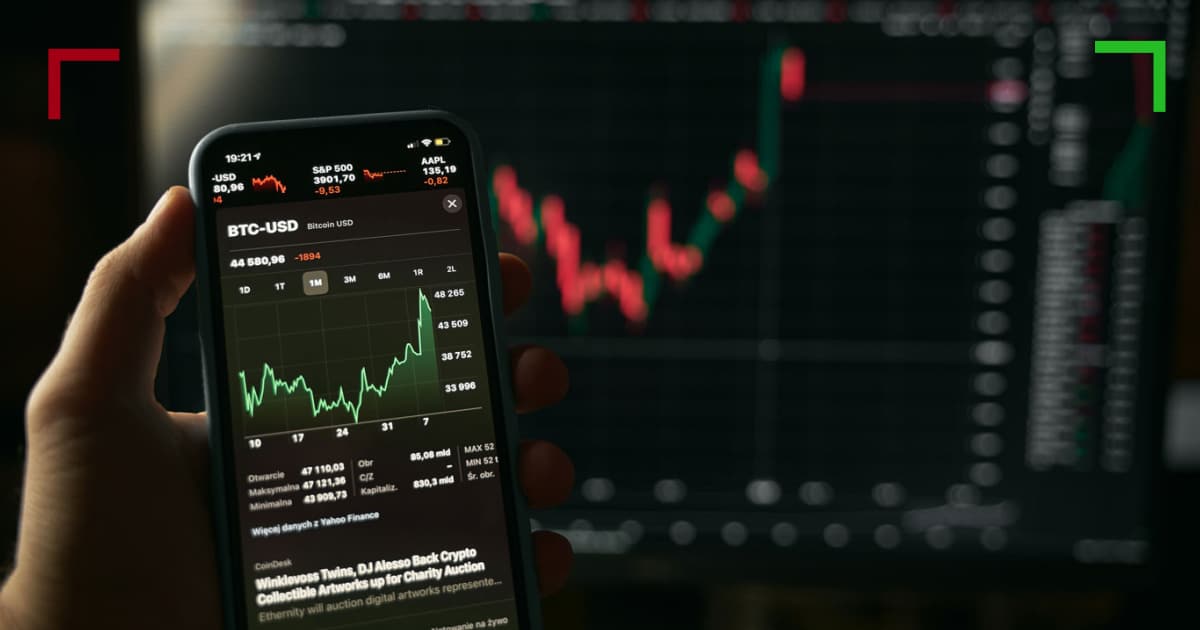Understanding the Intricacies of Crypto Trading Risk

Understanding the Intricacies of Crypto Trading Risk
The world of cryptocurrency trading presents both substantial opportunities and significant risks. In this article, we will delve into the various risks associated with crypto trading, provide insights into how to manage and mitigate these risks, and equip you with the knowledge you need to navigate this volatile environment. To understand the full scope of crypto trading risk, Crypto Trading Risk click here as we explore the subject in depth.
The Nature of Crypto Trading Risk
Crypto trading risk can be broadly categorized into several types: market risk, liquidity risk, regulatory risk, operational risk, and psychological risk. Understanding these risk categories is crucial for any trader looking to achieve long-term success in the crypto space.
Market Risk
Market risk pertains to the volatility of cryptocurrency prices. Unlike traditional stocks and bonds, cryptocurrencies can experience dramatic price fluctuations in a matter of minutes. Factors contributing to market risk can include speculation, news events, or changes in market sentiment. This volatility can lead to significant gains or devastating losses in a short period.
Liquidity Risk
Liquidity risk is the danger that a trader may not be able to buy or sell assets without causing a substantial impact on the asset’s price. High liquidity generally allows for easier entry and exit from positions, while lower liquidity can impede trading. The crypto market can sometimes exhibit illiquidity, particularly for smaller or less popular cryptocurrencies, making it vital for traders to consider the liquidity of an asset before making trades.
Regulatory Risk
The legal landscape surrounding cryptocurrencies is still evolving. Governments and regulatory bodies are continually introducing new laws and regulations that can impact the trading environment. Changes in regulation can lead to sudden market shifts, and traders must stay informed about the potential implications of any new legal developments that could affect their investments.
Operational Risk
Operational risk involves the potential for loss resulting from inadequate or failed internal processes, systems, or external events. For crypto traders, this can include issues such as hacking, exchange downtime, or technical failures. Using reputable exchanges and implementing robust security measures, such as two-factor authentication, can help mitigate operational risks.
Psychological Risk
Trading is not only a technical endeavor but also a psychological one. Psychological risk refers to the emotional factors that can influence trading decisions. Fear and greed can drive traders to make irrational decisions, potentially leading to losses. Developing a disciplined trading strategy, setting clear goals, and assessing one’s emotional state during trading can be important steps to minimize psychological risk.

Strategies for Managing Crypto Trading Risk
To succeed in crypto trading, it is essential to have a robust risk management plan. Here are some strategies that can help you manage trading risk effectively.
Diversification
Diversification is a fundamental principle in investing that involves spreading your investments across various assets to minimize risk. In the crypto world, this can mean holding a variety of cryptocurrencies rather than putting all your funds into a single asset. By spreading risk, you can potentially reduce the impact of a poor-performing asset on your overall portfolio.
Utilizing Stop-Loss Orders
A stop-loss order is designed to limit an investor’s loss on a position. By establishing predetermined exit points, traders can ensure that they do not lose more than they are willing to risk on a trade. Setting stop-loss orders can take the emotion out of trading decisions, providing a structured way to manage risk.
Position Sizing
Position sizing refers to determining how much of your capital to allocate to a specific trade. This is a critical aspect of limiting risk. Traders should avoid investing too much of their capital in any single trade, as this can lead to catastrophic losses. A common rule is to only risk a small percentage of your trading capital on any one position.
Continuous Learning and Adaptation
The crypto market is ever-evolving, and what worked yesterday may not work today. Successful traders are those who commit to continuous learning and adaptation. Keeping abreast of market developments, industry news, and emerging trading strategies can give traders an edge in navigating crypto trading risks.
Building a Trading Plan
A well-defined trading plan is essential for managing risk. This plan should include your trading strategy, risk tolerance, goals, and the criteria for entering and exiting trades. A solid trading plan can help you make informed decisions and stick to your strategy during volatile market conditions, preventing emotional decisions that could lead to losses.
Conclusion
Crypto trading can be a lucrative but risky endeavor. By understanding the different types of trading risks and employing effective risk management strategies, traders can navigate this volatile landscape more effectively. Continuous education and evaluation of personal trading strategies will help instil discipline and improve long-term success in the world of cryptocurrency trading. Remember, knowledge and preparation are key components in mitigating risk and reaping the rewards of the crypto marketplace.






No Comments